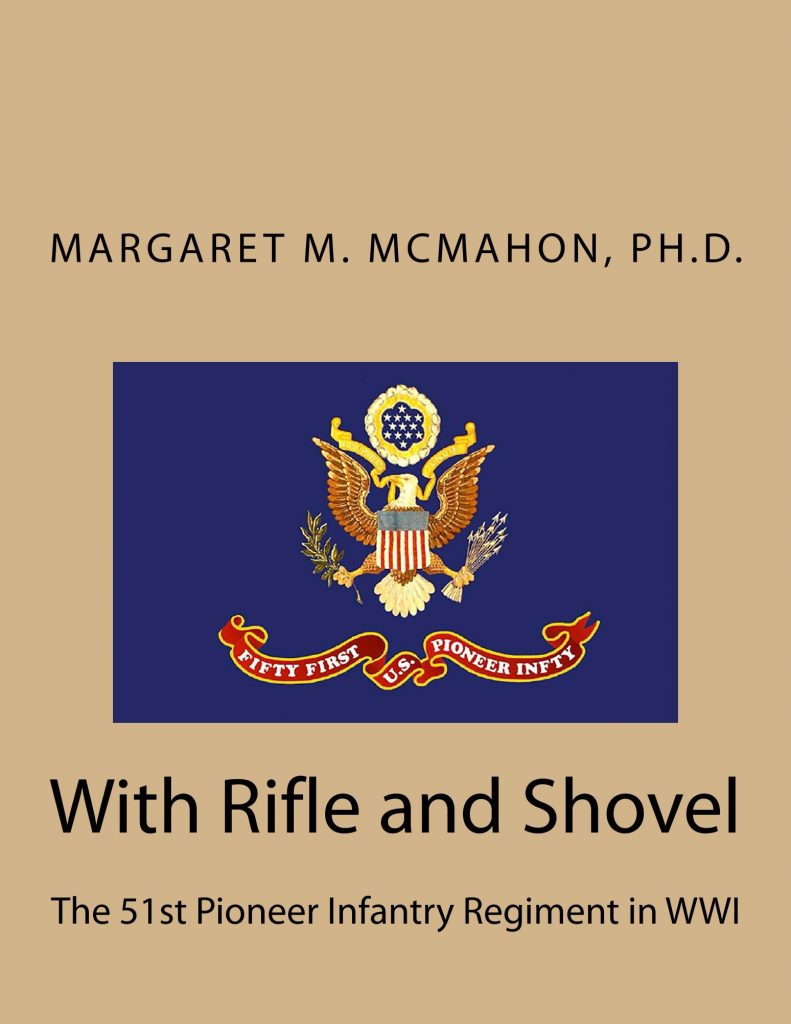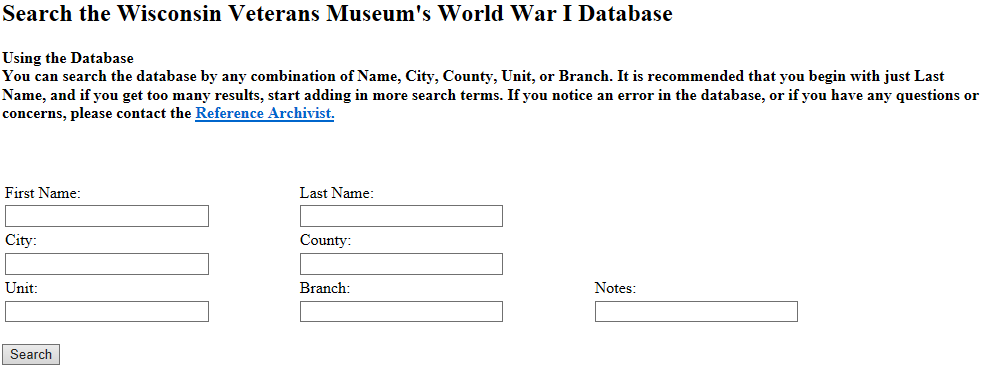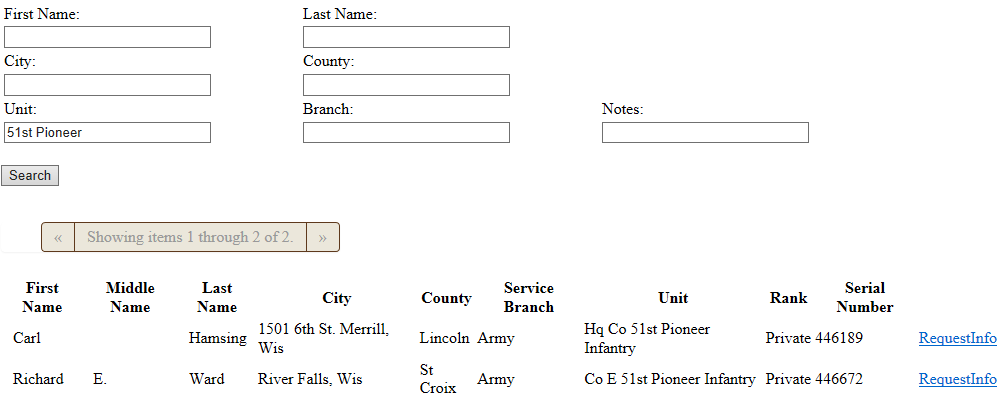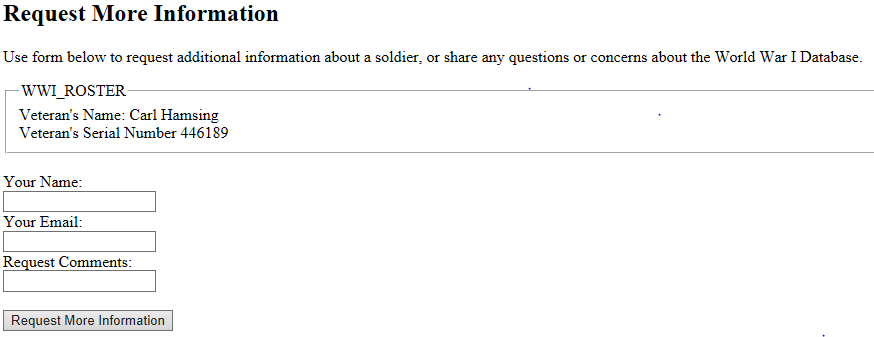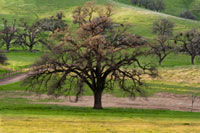What WWII Military Ancestors Were Reading
The average American soldier in WWII had an 11th grade education. With a lack of recreation, and a lot of waiting, soldiers needed books. There was an effort by the Victory Book Campaign to furnish soldiers with donated books. These books ended up being heavy and the 18 million books raised were not sufficient.
So, the Council of Books in Wartime went to work to print Armed Services Editions (ASEs). They were light-weight, miniature books designed to fit in uniform pockets. The titles ranged from literature, classics, history, contemporary fiction, humor to career guides. Book contents were reformatted, and printed on lighter magazine pages. For efficiency, the books were printed two titles at a time on the same magazine paper, one on top of the other (“two-up”), and then cut into separate books.

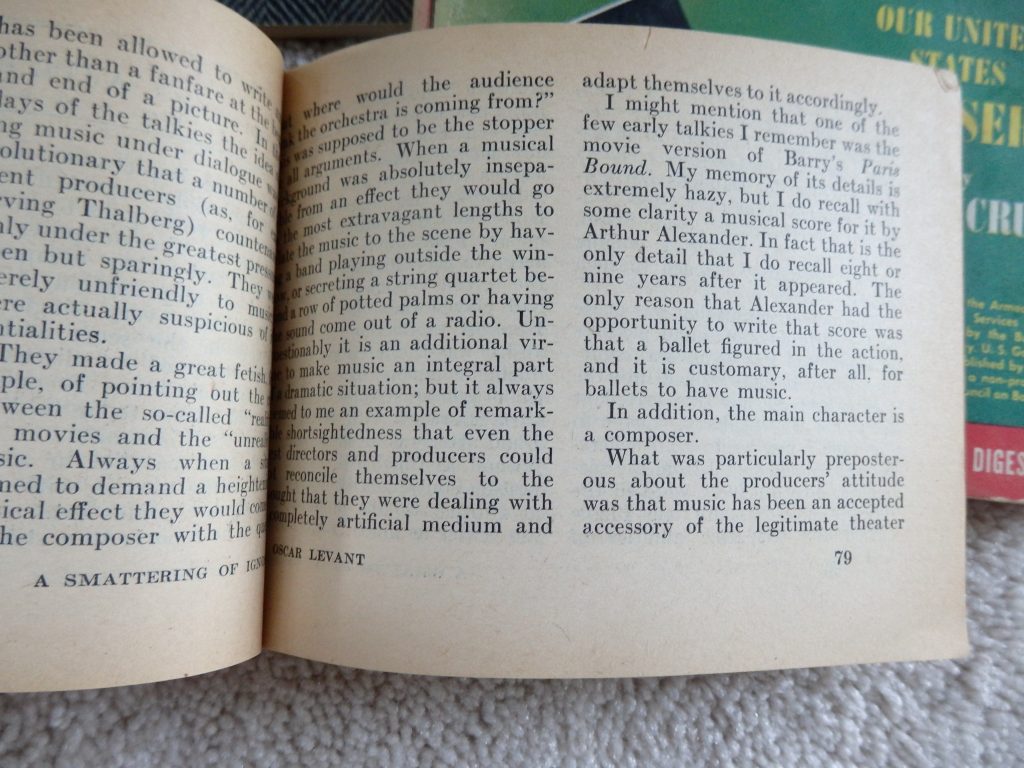
Soldiers read these books constantly, and credited them for putting them in touch with their own humanity among the horrors of war. Others read history to understand the conflict in which they found themselves. Some books entertained, some books educated. Books were read in transit, while waiting, and recuperating in hospitals. While the First Division waited for a break in the bad weather before D-Day, the soldiers read. It is said that seriously wounded soldiers on Omaha Beach on D-Day were seen propped against the cliffs, reading ASEs as they waited for rescue.
The printing of ASEs continued after the war’s end, for those soldiers serving in the post-war occupation. The final ASEs were printed in September 1947.
An estimated 100 million books in Europe had been destroyed by burning and bombing. The ASEs numbered over 123 million copies of 1,322 titles were printed.
The Library of Congress has a complete set of the 1322 ASE books. There are other large, but incomplete collections.
For a short story of the ASEs, with a list of the ASEs by author listed by author, BOOKS IN ACTION THE ARMED SERVICES EDITIONS.
You can learn more about the subject at Molly Guptill Manning’s website and book, “When Books Went to War.”
One of the interesting books printed in the format of an ASE was “Returning to Civilian Life”. The interior pages were printed differently than the other ASEs.
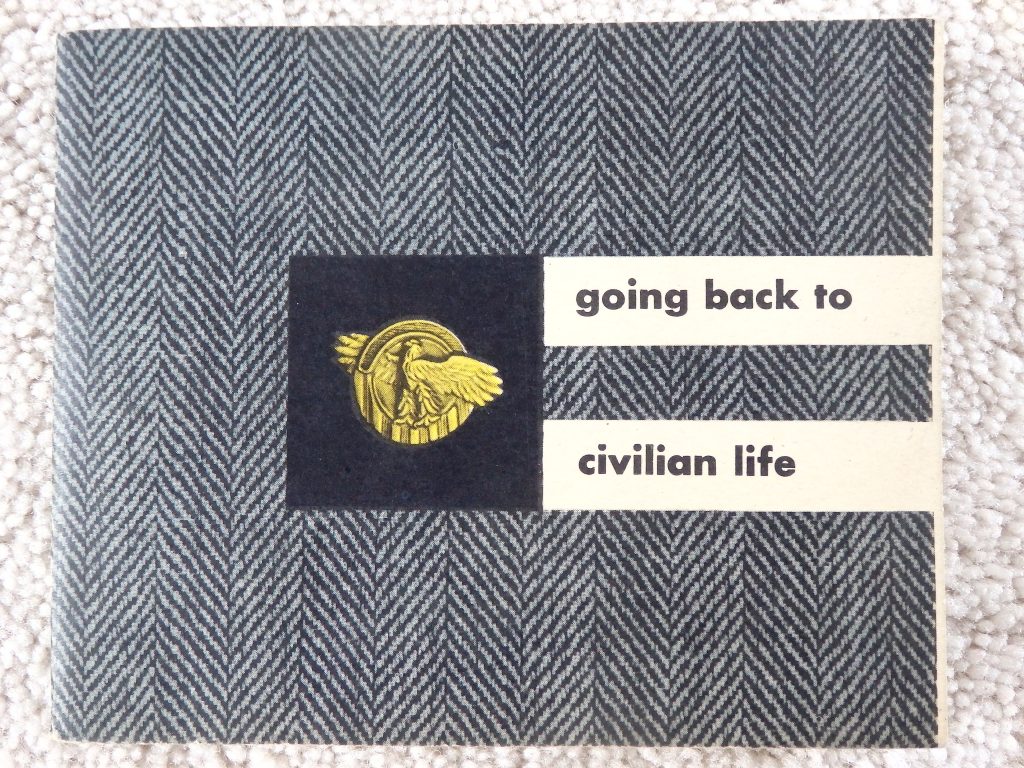
One topic struck me as valuable to us, as genealogists: Record Your Certificate.
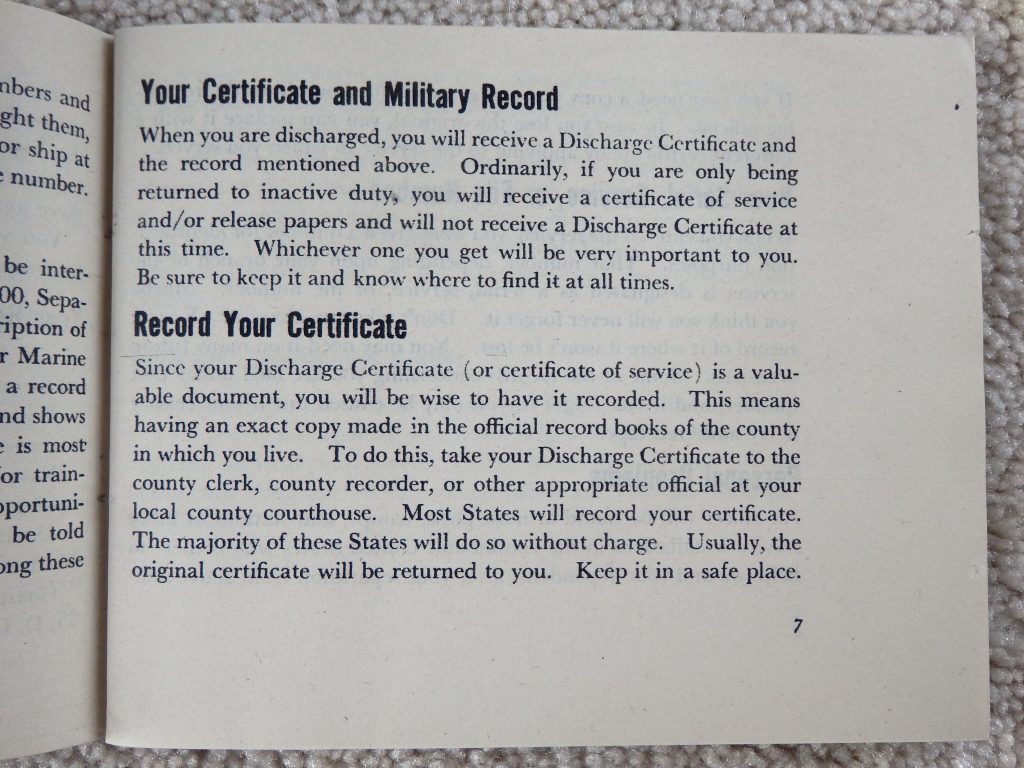
Some of these books are still around. One place you can look for them is ebay. It would be remarkable if, in addition to the stories within their pages, they could tell the stories of where they had been and who had been reading them.

